
AV Case Study: Citipointe Church
Citipointe Church waited longer than most to invest in LED but was determined to get such a big investment right.
Text:/ Christopher Holder
There’s an interesting peer group pressure going on in contemporary church circles. A big LED screen as a dynamic stage backdrop is a conspicuous hallmark of a contemporary church, it says: ‘we’re serious about being contemporary’. It’s easy to see why: a big LED screen is an amazing asset. It fulfils the role of displaying song lyrics for the congregation, announcement video and so much more. LED’s brightness cuts through – competing with stage lighting (auditorium windows and ambient light aren’t so much of a concern for contemporary church). LED’s vivid colours, contrast and deep blacks are hard to beat for ProPresenter animations or video content. What’s more, LED can accommodate non-traditional aspect ratios, filling spaces in ways that help to theme the stage and auditorium. It all adds up to a more engaging, contemporary worship and teaching experience.
So, why was Citipointe Church in Brisbane holding out? One of the largest contemporary churches in Australia (with eleven other church locations in Europe, New Zealand, and the USA), until very recently was still rocking a dual-wide projection screen, with edge blending. “The investment was going to be too large and we wanted to do it properly,” was the short answer from Chris Poulton, Citipointe Church Technical Director.
It’s an interesting perspective but when you take a look at Citipointe Church’s platform dimensions you start to appreciate the dimensions of the challenge. It’s a whopping 18 metres across and six metres-plus high (not to mention 12 metres deep!). Any LED screen that might go some way to filling the back of the stage would need to be an absolute monster.
It was fascinating to have an in-depth discussion with Chris Poulton about all aspects of the Absen indoor LED screen purchase. The technical considerations along with the financial considerations; why Citipointe Church wasn’t tempted to save money buying ‘factory direct’ and how the new screen conforms to the church’s vision.
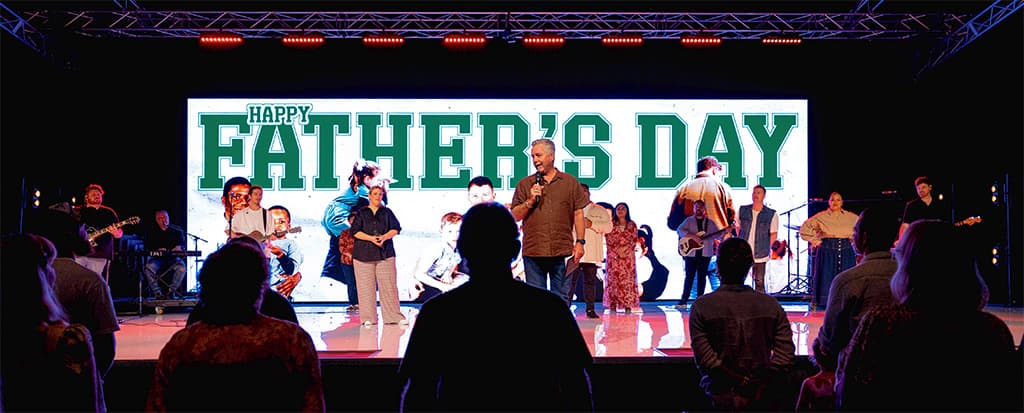
The 12 x 4m Absen LED screen would dominate most stages, but not Citipointe Church’s enormous platform.
REACHING THE POINT
AV: Let’s start with a bit of background—what led you to realise the need for an LED screen? What role does it play in your services?
Chris Poulton: In a church setting, the way we communicate the message, the heart of the church, and God’s Word has to go beyond just audio from loudspeakers. When you add a visual component to an auditory message, the communication becomes clearer, more impactful, and is retained longer. This applies not only to church services but also in education, since we have a university, a school, and a bible college on our campus. For years, we were using older projection technology, which always struggled to compete with our stage lighting. We have a modern, contemporary setup with concert lighting, and that would constantly overpower the projector output. It was clear we needed a better solution for presenting lyrics, scripture, announcements, and visuals.
The move to LED technology was inevitable, but with such a large stage, upgrading was always going to be costly. When we finally decided to make that investment, it wasn’t just about getting a screen that looked good today, it had to be something that would perform well for at least 10, ideally 15, years. We also needed a reliable partner who could support that investment over time. That’s where BSG (Brisbane Sound Group) came in, playing a key role in ensuring longevity and support beyond just installation.
BSG has been a trusted partner for Citipointe for over 20 years, and their consistency, not just when things are great but also when we really needed them, has been invaluable. We knew they would stand by us, not just for the initial install but for long-term service and support.
GOING THROUGH THE CHANNEL
AV: While you waited to make the jump to LED, the landscape really evolved. It used to be the Wild West — lots of screens coming in directly from China with little quality control. That’s still an issue. Did you learn from seeing other churches take those risks?
Chris Poulton: Definitely. We could’ve sourced directly from China, but when things go wrong, who do you turn to? Working with a trusted local supplier like BSG, who stands behind the Absen product, offered us much more peace of mind. Our executive team understood that we were investing not just in technology but in long-term support and reliability.
AV: A lot of contemporary churches feel pressured to spring for a LED screen, almost as a status symbol but it sounds like you took your time with this decision?
Chris Poulton: Right. And even after the decision was made to buy the screen, we took about six months to evaluate everything before committing. Being a late adopter actually worked in our favour because we could see what other churches did, where they made mistakes, and learn from them. This approach helped us be better stewards of the funds being spent.
“”
The business case was a big part of the decision … That additional revenue stream helped justify the investment. In fact, it was a no-brainer really

The platform carries the bulk of the LED tonnage and needed extra bracing to ensure it would carry to load. The church and BSG were both adamant about having every aspect of the install properly engineered and compliant.
SPECS RIGHT
AV: How did you and BSG arrive at the right display spec?
Chris Poulton: As far as the dimensions of the screen goes, we would’ve loved to fill the whole (18m-wide) backdrop, but structural limitations and budget constraints made that impossible. Initially, we planned for a 12m x 3.5m ground-mounted screen due to budget constraints. However, after committing to BSG for the project and working closely with them prior to installation, we jointly found a solution that allowed us to go up to 12m x 4m while staying within the agreed project cost by modifying the mounting system. Their assistance and willingness to pivot on this was incredibly valuable.
AV: What about pixel pitch — how did you land on the right specification?
Chris Poulton: There was some pressure to go with a 2.9mm pixel pitch, but after testing during previous hires, it was clear that a 3.9mm pitch worked just as well, considering the viewing distances in our auditorium. The extra cost of 2.9mm would have resulted in a reduced screen size without improving image quality for the congregation.
PERFORMANCE
AV: How has the Absen screen performed in terms of colour and brightness?
Chris Poulton: The colour rendering has been fantastic, and brightness isn’t an issue. It’s a 1000-nit indoor model and we’re running it at about 35% brightness, which is more than enough for our indoor environment. We’ve hired a lot of outdoor LED screens over the years and it was clear to me that that approach wasn’t great. Turning outdoor screens down to less than 5% brightness can cause issues like out-of-control moiré, washed-out blacks and random pixel blooming. With this indoor setup, everything looks great – it can easily compete with our stage lighting but it’s still operating in its optimal range.
AV: What kind of feedback have you received since installing the screen?
Chris Poulton: The response has been overwhelmingly positive. Our graphics and video department love the fact that their content is displayed accurately, with high resolution and clarity. The congregation can engage more with what’s being presented, especially when it comes to readability. The larger screen and higher-quality visuals have made a significant impact on how people absorb the message.
AV: Did you consider any other technical aspects when choosing Absen?
Chris Poulton: Yes, we made sure the video cards matched our Novastar controller and would be replaceable down the track. Cheaper brands often come with proprietary cards that can cause problems down the line if the manufacturer stops supporting them. We also looked into the power supply for each panel, ensuring it was a generic, easy-to-source component, which isn’t always the case with low-cost screens.
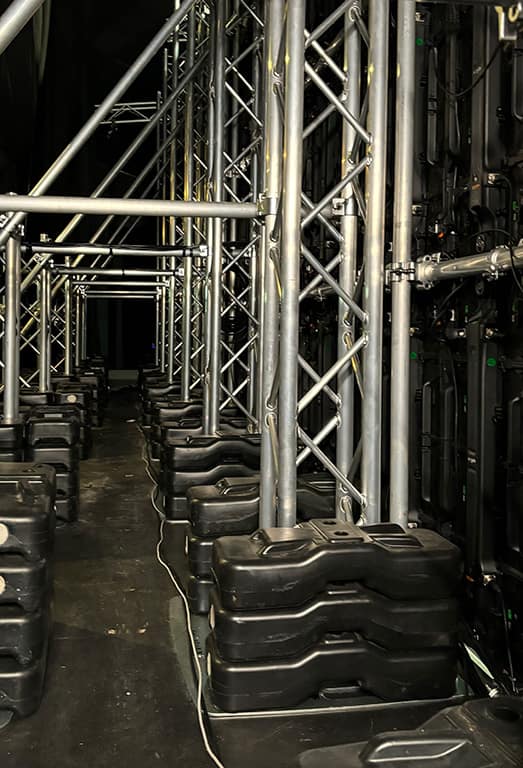
Interesting insight into what it can take to keep some seven tonnes of extra stage weight stable and safe.
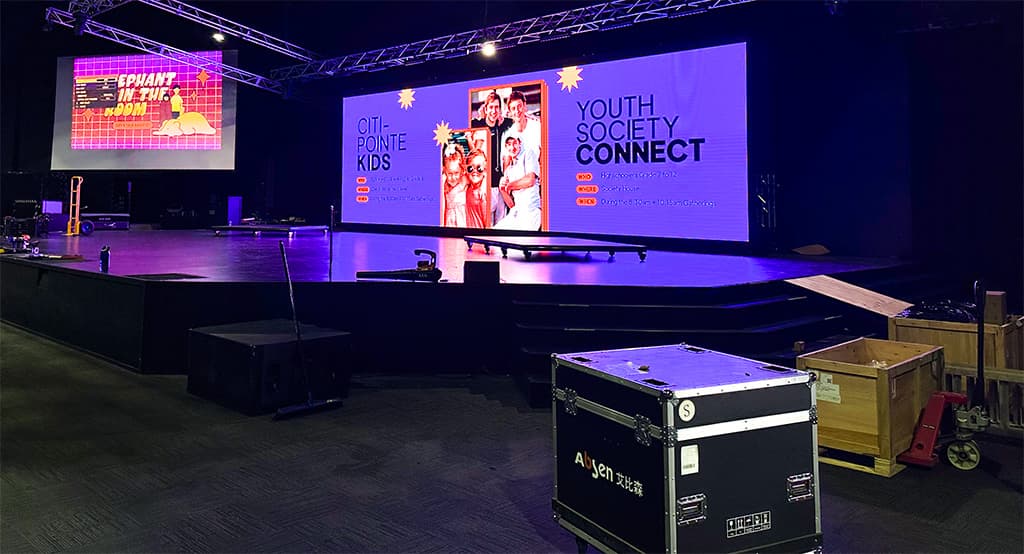
Chris Poulton researched the Absen video cards and power supplies to ensure they were high quality and easily replaceable – helping to ensure longevity.
HALL FOR HIRE?
AV: Has the LED screen enhanced your ability to hire out the auditorium?
Chris Poulton: Absolutely. The business case was a big part of the decision. We host large productions, and the cost of hiring an LED screen for each event adds up quickly. Having our own screen makes the space more attractive for external hires, as clients don’t have to worry about bringing in their own equipment. That additional revenue stream helped justify the investment. In fact, it was a no-brainer really.
Citipointe Church: citipointechurch.com
BSG: brisound.com.au
NAS (Absen): nas.solutions

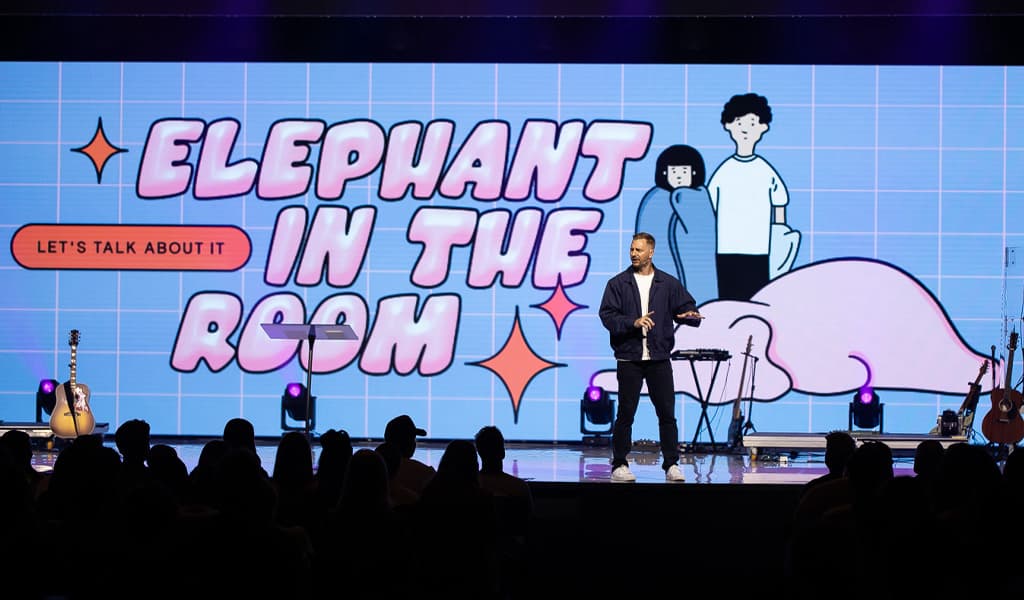
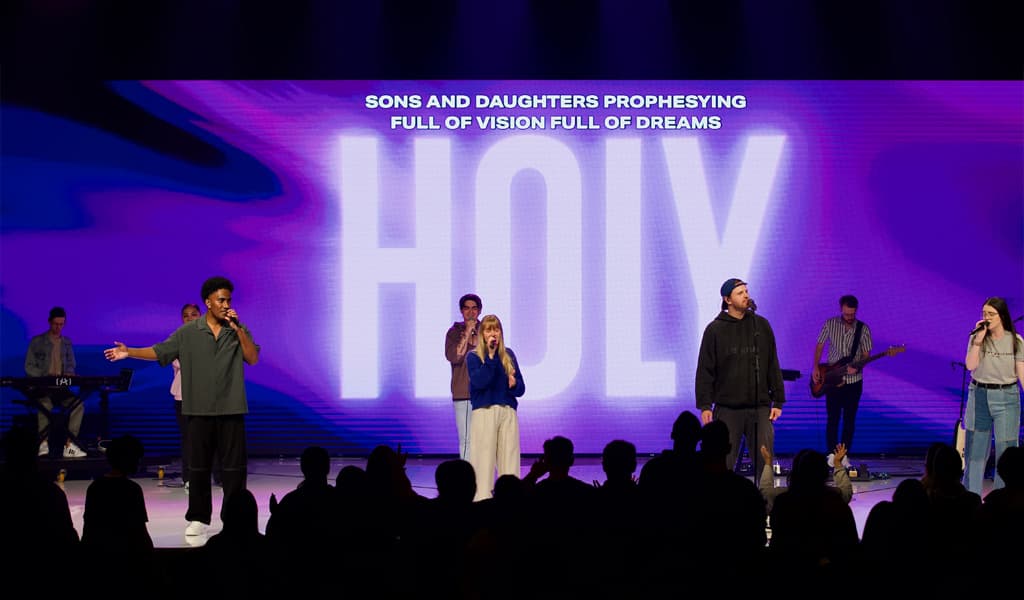

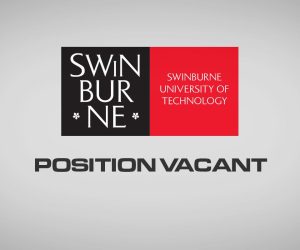












RESPONSES